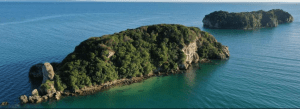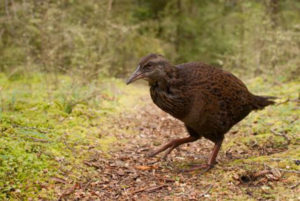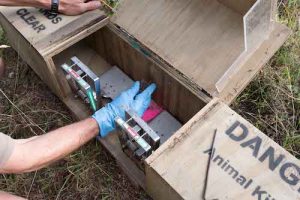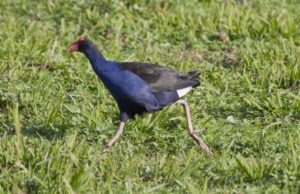Many visitors to Golden Bay may have kayaked or even swum the kilometre to the two islands off Tata Beach, but most don’t realise they’re part of the Abel Tasman National Park. The two islands have a rich history – they shelter some rare species and were once home to a Norwegian hermit.
Read this story by Charlotte Squire.
The Tata Islands – Motu/North Tata Island on the right as you’re looking from Tata Beach and Ngawhiti/South Tata Island on the left, are home to one of the country’s largest colony’s of spotted shags. The shags live in the rock crevasses.
Each rising to roughly 30 metres high, the islands are made of limestone, meaning water falls easily through their porous makeup. The islands are fertile compared to the rest of the national park’s granite based lands.

Lepidium oleraceum or Cook’s scurvy grass has been planted on the Tata Islands due to its fertile land and abundance of shags who provide the compost. “It’s doing really well there,” said Hans. This plant has been in serious decline over the last century.
Ngawhiti was long ago mined for limestone. There is also evidence of Māori inhabitation there. It’s likely both islands were burned off as there are no larger rata, totara or matai trees. Instead, large milktree, dotted with nikau, grow.
Around 1908 the government took the islands under the Public Works Act when the new Golden Bay cement company were investigating port options. At that time many saw them as providing the only safe harbour in Golden Bay.
In the thirties Norwegian immigrant Peter Peterson moved into an abandoned hut on Ngaiwi Island where he became known as the ‘Hermit of Tata Island.’
The Tata Islands were added to the Abel Tasman National Park in 1954. They’d been sitting unused since the 1908 when the government claimed them and it was a natural progression to add them to the park.
In early 2000 the islands were considered for a marine reserve site as they offer nurseries for fish. The idea was rejected by commercial and recreational fishers who wanted access to the food around the islands.
Photo : Nelson Tasman Tourism



